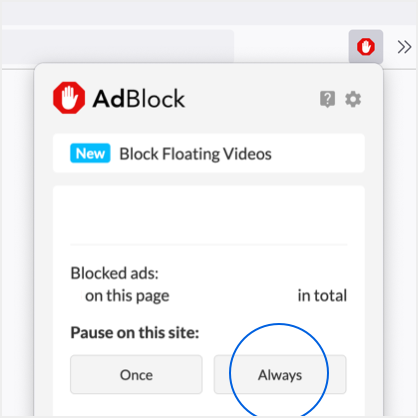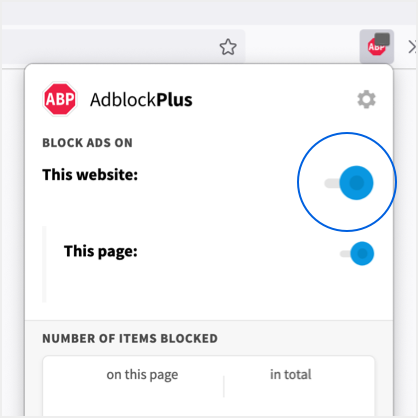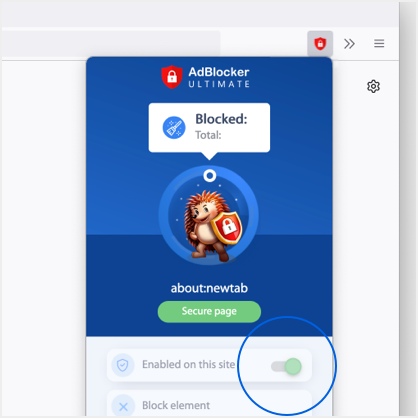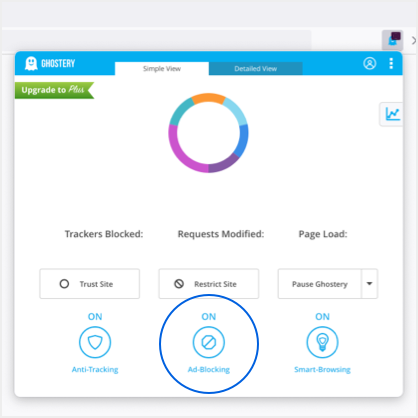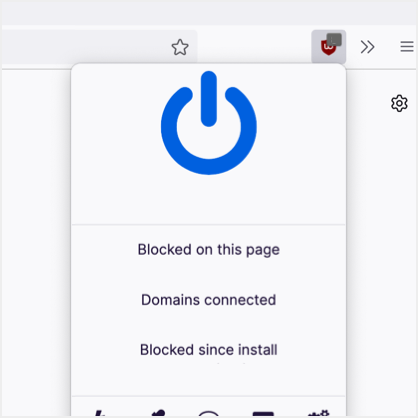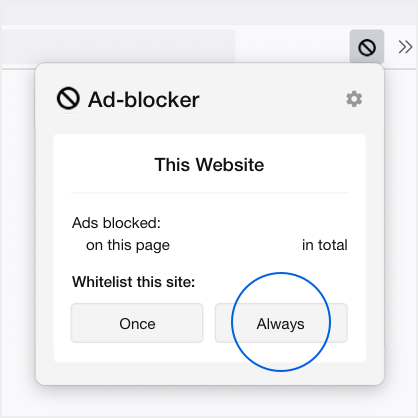
How TF Do I Explore Sex With Gender Dysphoria?
In this interview, Planned Parenthood’s senior educator Julia Bennett, tells all.
Sex isn’t a one size fits all experience, yet sex education and the tips we receive often are. Navigating pleasure with gender dysphoria can make sex feel daunting, too. To help alleviate that stress, Planned Parenthood‘s senior director of digital education, Julia Bennett (she/her) has a few tips.
For those unfamiliar, gender dysphoria is a disruptive feeling that your emotional and psychological identity conflicts with your birth sex. As Bennett shared with Hypebae, gender dysphoria trickles into all aspects of life — so it f-cking with your sex life isn’t surprising, but it’s also annoying AF.
“Every trans and nonbinary person who wants one deserves a happy and healthy sex life,” she said. “You get to define what it means for you. And if you’re having trouble, know there are resources available.” For starters, there are organizations like the National Center for Transgender Equality, the Human Rights Campaign Foundation and PFLAG. And of course, Planned Parenthood provides compassionate, nonjudgemental sexual and reproductive health care and education, no matter your gender identity.
If you struggle with gender dysphoria and pleasure, keep reading for expert tips.
View this post on Instagram
Kindness is key.
Learning your new sexual flow takes time, so shaming yourself or applying pressure is counterproductive. As Planned Parenthood’s guide shared, “Be kind to yourself. Gender dysphoria around sex is common. Wherever you are in your transition or gender journey, you deserve to have a sex life that feels good for you.”
What feels good to you?
“Try and learn what feels good for you – by yourself or with others.” When reading guides, chatting with your chosen family and experiencing unexpected pleasure, check-in. Take a mental note and feel proud of your discovery. The more you develop your toolbox, the more empowered you’ll feel, as well.
(S)explore — safely.
“This can include exploring clothing, prosthetics, toys, as well as pronouns and words for body parts — whether or not you’ve had or want gender-affirming surgeries. If you’d like to explore genderless sex toys that don’t trigger dysphoria, check out our genderless sex toys guide and tips for genderless sex toy shopping. Also, barrier methods for birth control and safer sex, like external condoms, dental dams, and internal condoms or con-dams, are good tools for trans and nonbinary people.”
Safe words >
Preparation is key. “If possible, have a plan for what you want to do if gender dysphoria comes up during sex,” Bennett shared. “Is there a safe word you’d like to use to pause or stop?” A common approach is red for stop, and green for f-ck yes. But also, “Is there something that your partner can do to help? Sometimes, having a plan beforehand can make it easier to respond. That way, you can feel better sooner — whether or not you want to keep having sex.”



















